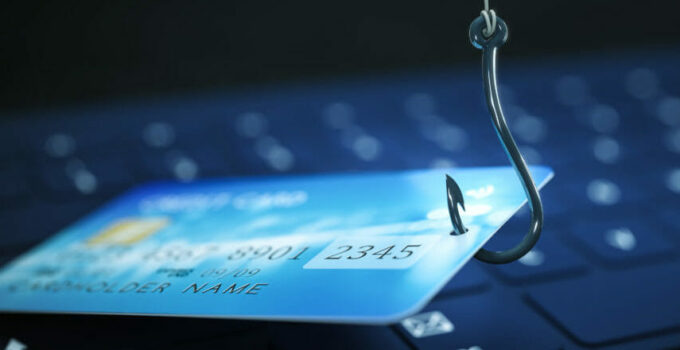Phishing attacks have been here ever since the dawn of the Internet, and they will not go away anytime soon. So, you need to have all the information about these scams to stay safe.
Page Contents
What is Phishing?
Phishing is a tactic that is used to steal confidential information such as username, password, credit card information, etc. This info. is then used by the criminals to access major accounts, which can lead to identity fraud and financial loss.
In 2004, the first case of phishing scam was filed against a teenager in California, who made a fake model of the website “America Online” and got customer’s private information about their credit cards. He was then able to access the credit card info and stole money from their accounts. As the online world continues to grow, the cybercriminals are also coming up with new phishing tactics. In addition to website and email phishing, SMS phishing (smishing), voice phishing (vishing), spear phishing, whaling, and many other techniques are being used nowadays.
Phishing attacks are a real threat. You might think that your organization is secure from phishing, but you need to consider this fact seriously that cybercrimes have been rising at an alarming rate. So, you and your workforce need to be aware of this real threat.
Phishing Prevention
Prevention of phishing corresponds to a set of tools and methods that are helpful to keep you safe from being prey to these scams. This includes educating your users about these threats, installing antivirus programs, firewalls, and other phishing prevention techniques on the system.
Here are the 17 tips to prevent Phishing attacks, Scams and Email Threats
1) Stay updated about Phishing Attacks
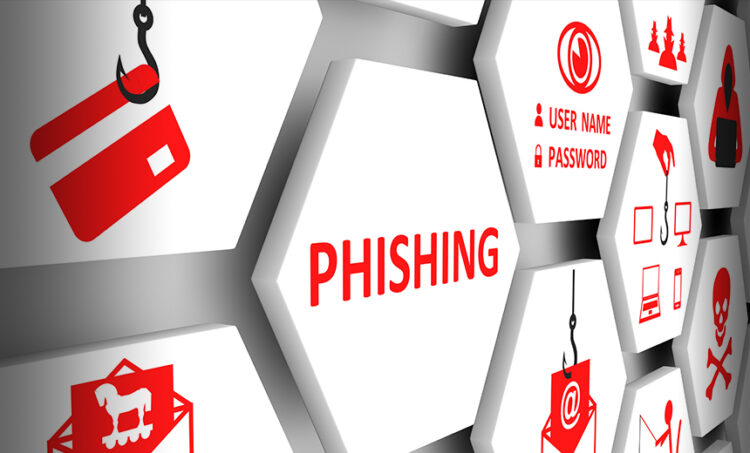
Source: bankinfosecurity.com
As the new types of phishing attacks are being developed continuously, the best way to avoid yourself from being a victim of these scams is to stay updated about these attacks. Keep your eyes on all the news about these phishing scams. If you will stay abreast of these scams, you will relatively be at a lower risk of falling prey to them.
2) Verify the site’s SSL Certificate
Do not visit a site that is not secure. You will see a padlock icon on the left of the screen if the website is secured. SSL (secure sockets layer) certificate tells you that the site is secure and the data transfer is encrypted over the internet. There are different types of SSL certificates, but the strongest of them is EV SSL Certificate and you can purchase easily from Cheap SSL Shop, which ensures the maximum possible security of a site and the user’s sensitive information like credit card details etc.
3) Kindly check before Clicking
If you are visiting an SSL certified site, then it is fine to click on the links, but clicking on the links that you see in random emails and direct messages, is not a good idea. You may be led to a spam site that may look like a real website.
4) Anti-Phishing Toolbar
You should install an anti-phishing toolbar on your browser. These toolbars compare the sites you are visiting the list of known phishing sites. If you visit a scam website, then the toolbar will notify you about it and be safe from the phishing attack.
5) Keep Checking Online Accounts
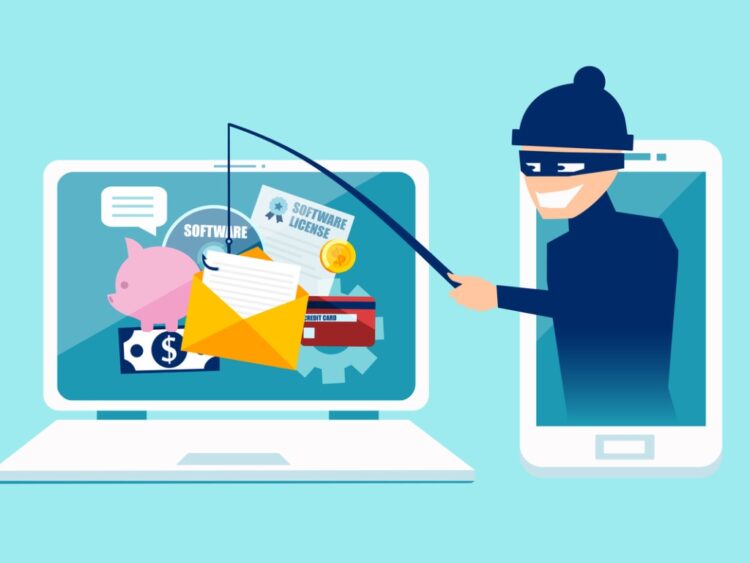
Source: gtmaritime.com
It is an excellent practice to keep checking all your online accounts regularly. You should have different passwords for different online accounts. One password for all the accounts may put you in trouble. You should adopt the habit of changing your password regularly to be on the safe side always. You should also keep a close eye on all the statements and transactions being made on your account.
6) Be Vary of Pop-ups
Pop-ups may lead you to danger. Do not enter any confidential info in pop-ups. Pop-ups get the information from you and transfer it to the other domain rather than the domain showing up in the browser toolbar.
7) Do not give Personal Info
Generally, you should avoid sharing personal information on the internet. You may get an email asking for your sensitive information; you should report it as spam as the established brands do not acquire anything from you through email. When you open a link, you should verify the website’s security by looking on to the padlock on the left of the browser. You should click on the padlock to see whether the site has a valid SSL certificate.
8) Grammar Check
Any email that has any kind of error like grammar mistake, punctuation error, etc., have a higher chance of being a scam as the professional writers do not make such mistakes.
9) Important Deadlines
You may get an email informing you about the deals that are closing soon. You may find that deal interesting and follow the link. This will lead you to malicious websites that will get your personal information and may harm you in any way.
10) Unexpected Financial Reward Offer
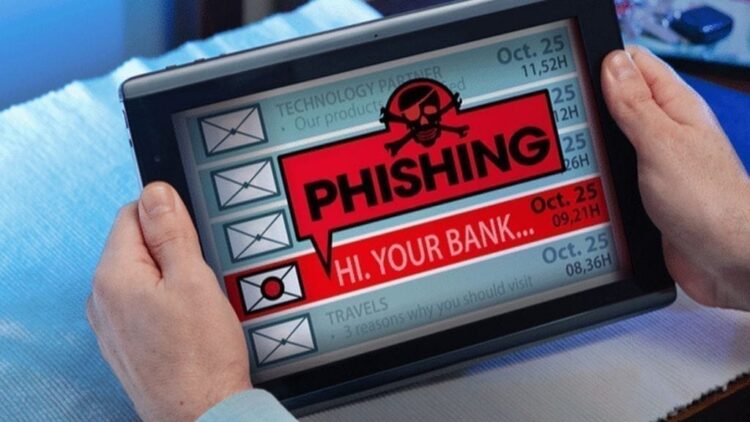
Source: managedsolution.com
You may get an email that you have won a lottery ticket, a huge amount of money from a contest or a big discount on something worthy. You wonder that you have not bought a lottery ticket or never enrolled for a contest, but still, you are receiving it. So, do not jump on these types of messages for easy money because they are just another tool of phishing fraudster.
11) Do not use Public Networks
Using public networks is not encouraged as the emails on public networks are often not encrypted. Hackers can take advantage of this and can get your personal information like username, passwords, etc. Rather than relying on a public network, you should use your mobile’s tethering services to work with its data connection (3G/4G).
12) Update Your Browser
As phishing scammers keep finding new ways to get your personal information, top-rated browsers keep on sending updates to tackle newly discovered vulnerabilities. So, you should install even the minor updates on the browser.
13) Use Firewalls
Using a firewall on your system will keep it safe from the phishers and attackers. There are two types of firewalls- a desktop firewall that is used as a software anti-phishing solution and a network firewall that is used as a hardware anti-phishing solution. Users are encouraged to use both firewalls rather than using only one.
14) Use Anti-Virus Software
Anti-virus software should be used in the system because it scans all the files entering the system that are downloaded through the internet.
15) User information
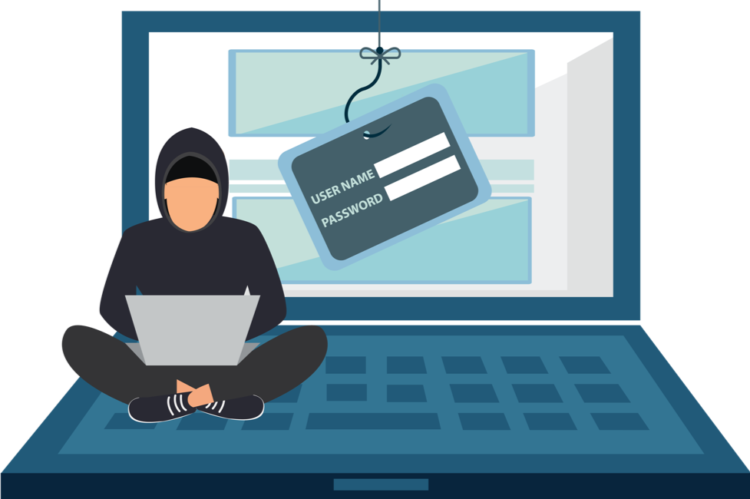
Source: pentestgeek.com
A website owner or an organization should educate its customers about phishing scams. They should provide them latest information about these scams to avoid any kind of such threats.
16) The Best Infrastructure to Invest
To monitor the different types of phishing attacks, users need to invest in the infrastructure that is built-in purpose to detect these scams in time.
17) Alarming Material
Sometimes you may receive a message saying you may lose some vital reward; your account has been hacked or expiring. This type of spam is used to create immediate panic in the user’s mind and might drive him to take a quick step.
You should be extremely wary of phishing scams. However, by keeping in mind the above-mentioned tips before doing anything online, you will have a tension-free online experience. I hope this article has delivered what it promised to offer, and you got all the information regarding this topic.

